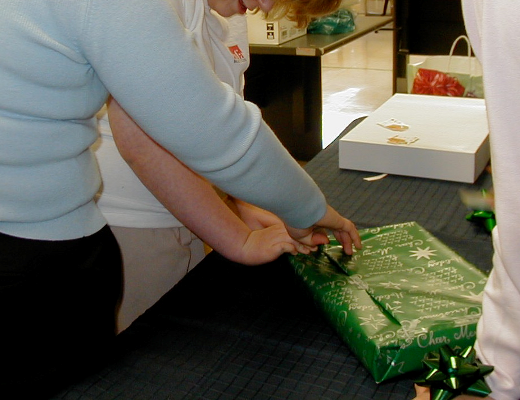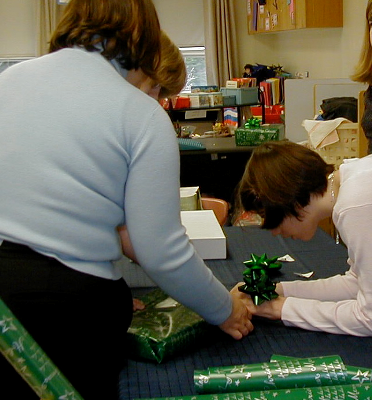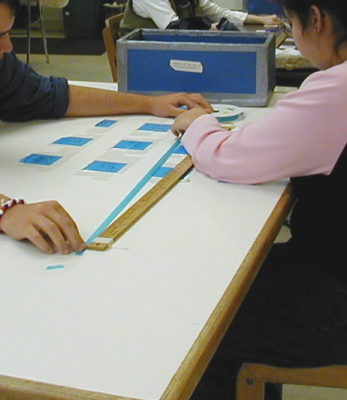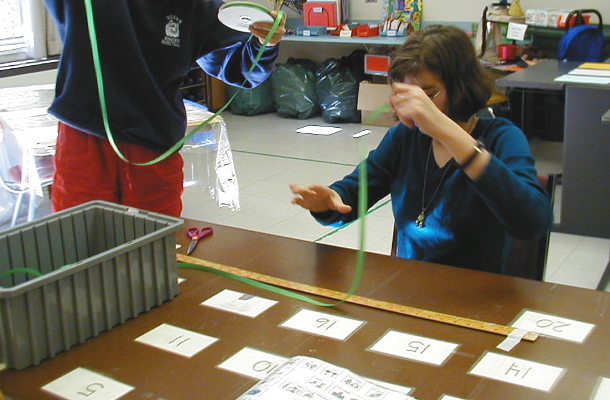
Tee Stock, MS OTR/L, MBA presented a Therapro Saturday Seminar last weekend that provided a comprehensive look at Post – Secondary Transition Planning (PSTP) for students. Her extensive experience with transition planning in public schools, a private special education school, and a local collaborative, in addition to her doctoral work in this area, offered attendees an abundance of useful and current information including a guide to the numerous resources available. An essential component of her presentation was the role of the occupational therapist on the transition team.
In her review of the PSTP process, Tee reviewed some interesting statistics, some of which were quite alarming, including: “People with disabilities are twice as likely to drop out of high school; ”Those with disabilities are three times more likely to live in poverty;” and “After high school, students with disabilities are less likely to continue their education, find employment, or live independently.” Transition planning is federally mandated to begin at age 16, but in some states, including Massachusetts, planning begins at age 14, or even earlier with the goal of preparing the student for life after high school by teaching the student a set of skills. These skills encompass finding and keeping employment, living independently, learning to access community resources, and learning to self-manage medical and other personal needs.
When taking a look at the skill set that PSTP addresses, it seems clear that the occupational therapist should have an important role on the transition team. However, Tee explained that sometimes lack of understanding of what the OT can offer to the process or lack of funding to increase OT services when preparing for post-secondary transitioning could stand in the way of including this professional on the team. AOTA supports the role of the occupational therapist in TP as stated clearly in the OT Standards of Practice Guidelines and by providing valuable resources on transition planning.
Tee highlighted a large sample of OT activities for transition services that included: performing activity analysis for job, school, and self help skills; administering assessments that support life skills and transition skills; providing consultation on assistive technology to promote a student’s access, progress, and participation. The I Can Work! curriculum was endorsed by Tee and other attendees as a valuable 5-module program for integrating communication skills with hands-on pre-vocational training for middle school, high school, and young adults with special needs. Some assessments that can be administered by OTs that Tee recommended include the Transition Planning Inventory (TP-2), the Kohlman Evaluation of Living Skills (Kels) 4th Edition, which was developed by an OT, TEACCH Transition Assessment Profile – 2nd Edition (TTAP), and the Reading-Free Vocational Interest Inventory 2 (R-FII:2). Attendees freely shared information about assessments they used, liked, and did not like. OTs can consult on selecting Assistive Technology that may be useful for TP. Tee recommended a broad variety of Apps including: Stop, Breathe & Think, a free meditation app that we actually tried out; Visual Schedule Planner, to create a custom schedule with audio and video of events; and My Homework Student Planner, designed to help students from middle school age through college keep track of classes, projects, test, and homework.
Tee left us with a great deal of information on the whole scope of post-secondary transition planning including the importance of a full team that includes the parents and student. We also learned the important contribution the occupational therapist can provide for the student to help ensure a successful transition from high school to the community.
Take a look at a few of the many positive remarks from those who attended Tee’s seminar:
“It was a pleasure listening to this comprehensive seminar, presented at an excellent pace with thorough notes. Thanks so much!” Beth B., Occupational Therapist
“Organized, lots of resources.” Karen D., Occupational Therapist
“Informative, a lot of resources.” Jackie P., Occupational Therapist
Thank you, Tee!
Filomena Connor, MS, OTR/L








